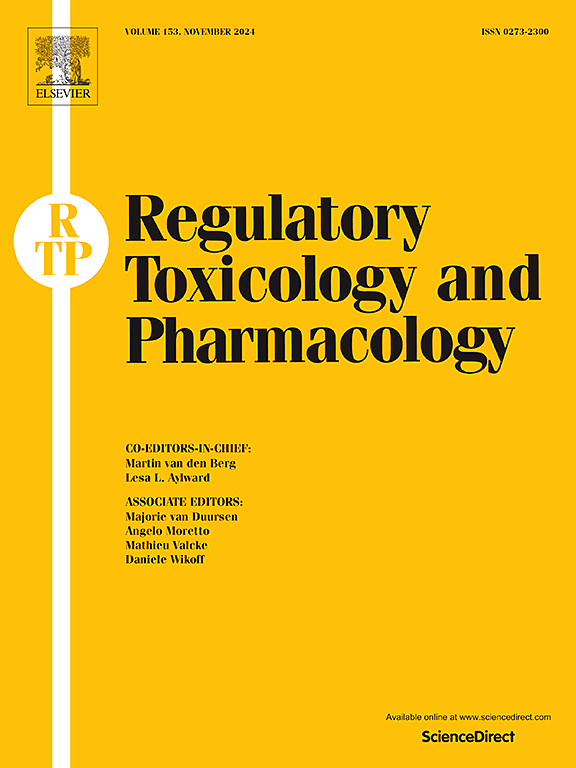Minimizing the risk of ethylene glycol and diethylene glycol poisoning in medications: A regulatory and pharmacopoeial response
IF 3
4区 医学
Q1 MEDICINE, LEGAL
引用次数: 0
Abstract
Pharmaceutical and personal care products, including syrups and toothpastes, extensively use glycerin, sorbitol, and propylene glycol. However, past incidents of ethylene glycol (EG) and diethylene glycol (DEG) contamination in these products have raised serious health concerns. Recently, several child deaths linked to contaminated cough syrup consumption have heightened concerns regarding the safety of Indian pharmaceuticals. In response, Indian drug regulatory authorities and the Indian Pharmacopoeia have implemented several measures to enhance the quality, safety, and efficacy of pharmaceuticals manufactured in India. These measures encompass risk-based inspections of manufacturing facilities, rigorous quality control checks of medicinal products intended for export, and increased transparency in the supply chain of excipients prone to EG and DEG contamination. Further, the Indian Pharmacopoeia has updated monographs for five high-risk excipients: glycerin, propylene glycol, sorbitol solution (70%, both crystallizing and non-crystallizing), and liquid maltitol. These efforts are consistent with global regulatory standards and aim to ensure the overall quality and safety of pharmaceuticals produced in India.
将药物中乙二醇和二甘醇中毒的风险降至最低:监管和药典对策》。
包括糖浆和牙膏在内的医药和个人护理产品广泛使用甘油、山梨醇和丙二醇。然而,过去这些产品中出现的乙二醇(EG)和二甘醇(DEG)污染事件引起了严重的健康问题。最近,几起儿童死亡事件与饮用受污染的止咳糖浆有关,这加剧了人们对印度药品安全性的担忧。对此,印度药品监管机构和印度药典已采取多项措施,以提高印度生产的药品的质量、安全性和有效性。这些措施包括对生产设施进行基于风险的检查,对准备出口的医药产品进行严格的质量控制检查,以及提高易受 EG 和 DEG 污染的辅料供应链的透明度。此外,印度药典还更新了五种高风险辅料的各论:甘油、丙二醇、山梨醇溶液(70%,包括结晶型和非结晶型)和液体麦芽糖醇。这些努力符合全球监管标准,旨在确保印度生产的药品的整体质量和安全。
本文章由计算机程序翻译,如有差异,请以英文原文为准。
求助全文
约1分钟内获得全文
求助全文
来源期刊
CiteScore
6.70
自引率
8.80%
发文量
147
审稿时长
58 days
期刊介绍:
Regulatory Toxicology and Pharmacology publishes peer reviewed articles that involve the generation, evaluation, and interpretation of experimental animal and human data that are of direct importance and relevance for regulatory authorities with respect to toxicological and pharmacological regulations in society. All peer-reviewed articles that are published should be devoted to improve the protection of human health and environment. Reviews and discussions are welcomed that address legal and/or regulatory decisions with respect to risk assessment and management of toxicological and pharmacological compounds on a scientific basis. It addresses an international readership of scientists, risk assessors and managers, and other professionals active in the field of human and environmental health.
Types of peer-reviewed articles published:
-Original research articles of relevance for regulatory aspects covering aspects including, but not limited to:
1.Factors influencing human sensitivity
2.Exposure science related to risk assessment
3.Alternative toxicological test methods
4.Frameworks for evaluation and integration of data in regulatory evaluations
5.Harmonization across regulatory agencies
6.Read-across methods and evaluations
-Contemporary Reviews on policy related Research issues
-Letters to the Editor
-Guest Editorials (by Invitation)

 求助内容:
求助内容: 应助结果提醒方式:
应助结果提醒方式:


